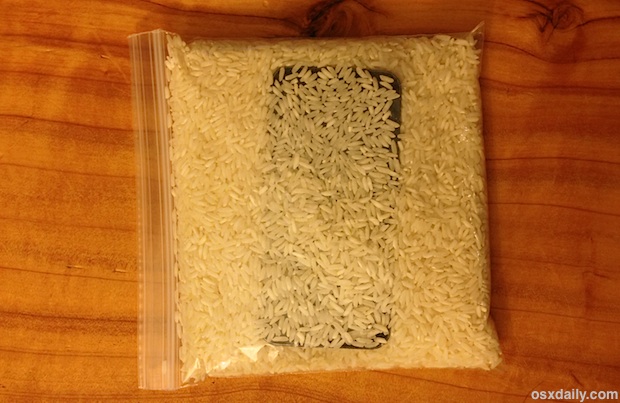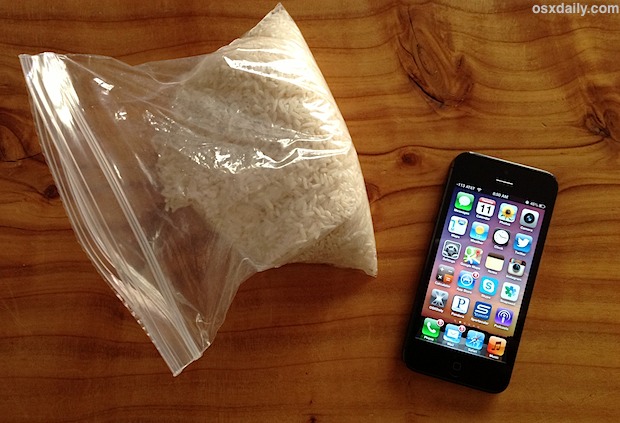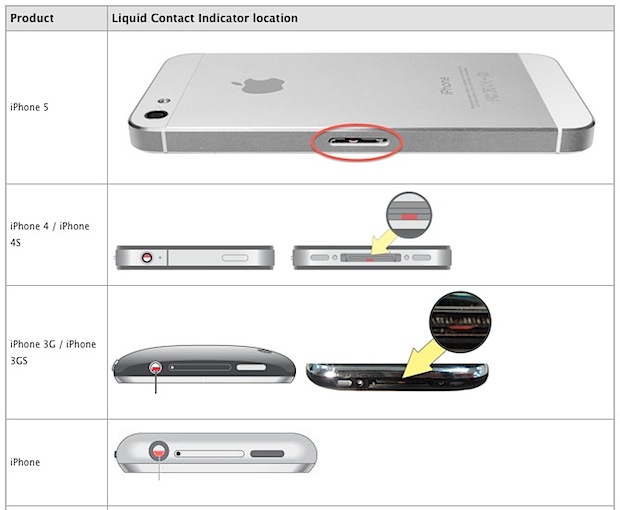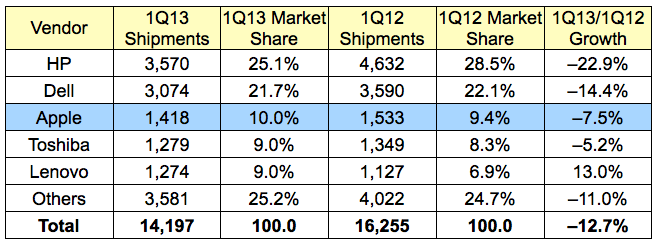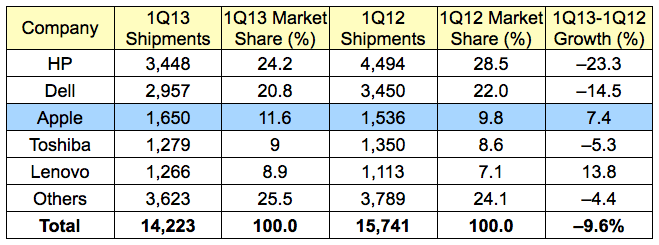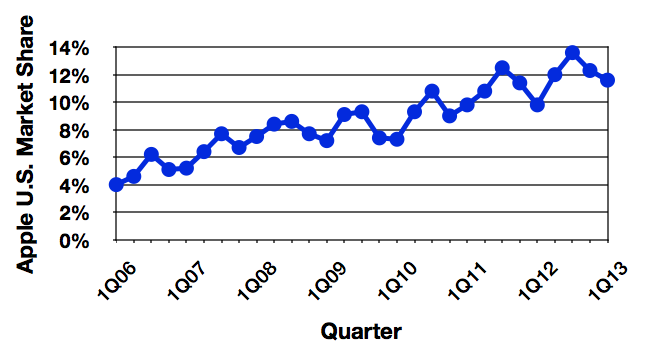9to5Mac shares some details on Apple's upcoming OS X 10.9 operating system, noting that the update will focus in large part on "power-user" features while also incorporating a few more concepts from the company's iOS operating system. Among the enhancements said to be included in OS X 10.9, codenamed "Cabernet":
- New tabbed browsing and tags in Finder
- Redesigned backend for Safari to bring "improved page loading, speed, and efficiency"
- Ability to keep a dedicated Space or full-screen app open on a single monitor within a multiple monitor setup
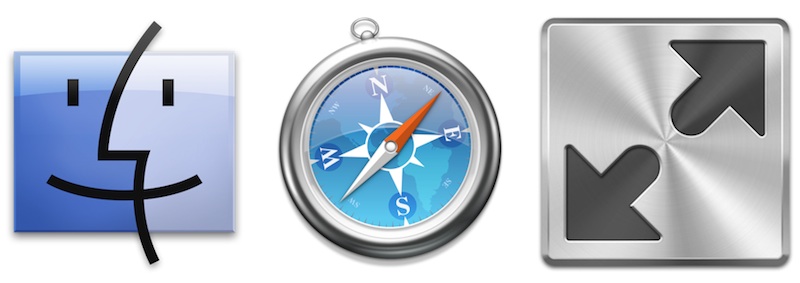
On the user interface side, the report suggests that there will be some changes, but that they "will not be drastic ones". As part of a management shakeup late last year, Apple's hardware design chief Jonathan Ive also took on responsibility for the Human Interface group on the software side, and it seems to be unclear how widely any changes resulting from his vision will show up in OS X 10.9.
Today's report also indicates that Apple has been working on new ideas for multitasking that could be included in OS X 10.9, drawing some inspiration from iOS.
Apple will be showing off its next versions of both OS X and iOS and its Worldwide Developers Conference (WWDC) scheduled for June 10-14 in San Francisco. Last week, tickets for the conference sold out in two minutes.
- New tabbed browsing and tags in Finder
- Redesigned backend for Safari to bring "improved page loading, speed, and efficiency"
- Ability to keep a dedicated Space or full-screen app open on a single monitor within a multiple monitor setup
On the user interface side, the report suggests that there will be some changes, but that they "will not be drastic ones". As part of a management shakeup late last year, Apple's hardware design chief Jonathan Ive also took on responsibility for the Human Interface group on the software side, and it seems to be unclear how widely any changes resulting from his vision will show up in OS X 10.9.
Today's report also indicates that Apple has been working on new ideas for multitasking that could be included in OS X 10.9, drawing some inspiration from iOS.
According to one source, Apple has been testing a new multi-tasking system for OS X that is similar to the quick-app-switcher function on iPhones, iPads, and iPod touches. The multitasking feature will be functional for applications in the background, according to this person. Additionally, Apple could use app-pausing technologies from iOS to pause background application processes in OS X. This is significant as full performance could be given to foreground apps, which could help optimize battery life on Apple's notebook computers.Finally, the report draws into question previous claims of Siri integration in OS X 10.9, suggesting that changes to Apple's management structure have led to a complete reexamination of feature plans, and thus it is now unclear to what extent Siri will be integrated into OS X 10.9.
Apple will be showing off its next versions of both OS X and iOS and its Worldwide Developers Conference (WWDC) scheduled for June 10-14 in San Francisco. Last week, tickets for the conference sold out in two minutes.




 Following up on yesterday's
Following up on yesterday's 









 Many older Macs lost out on the ability to run OS X Mountain Lion (10.8.3!), but some hard working fellows have created a free third party tool called MLPostFactor that allows for the newest version of OS X to be installed on older, officially unsupported Macs. The process used to be quite
Many older Macs lost out on the ability to run OS X Mountain Lion (10.8.3!), but some hard working fellows have created a free third party tool called MLPostFactor that allows for the newest version of OS X to be installed on older, officially unsupported Macs. The process used to be quite 







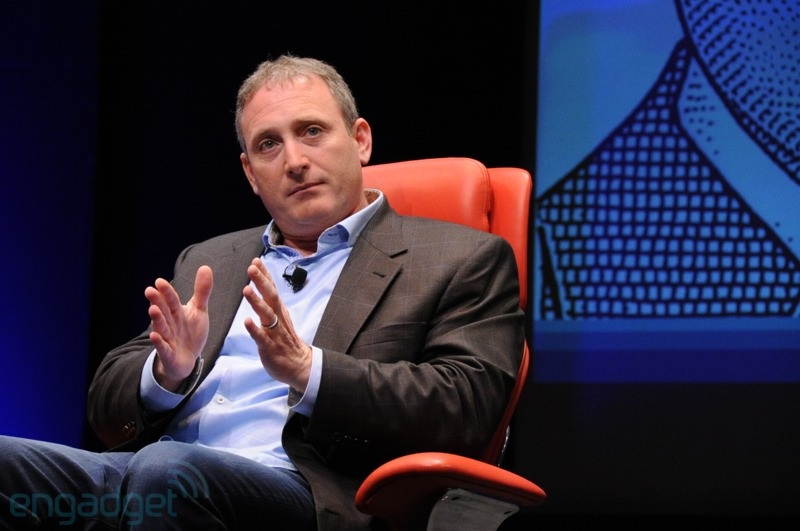

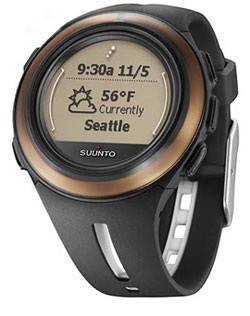 With rumors of an Apple smart watch ramping up over the past few months, a number of other companies have also reportedly been working on their own projects involving watches and other wearable devices. Last month, both
With rumors of an Apple smart watch ramping up over the past few months, a number of other companies have also reportedly been working on their own projects involving watches and other wearable devices. Last month, both 
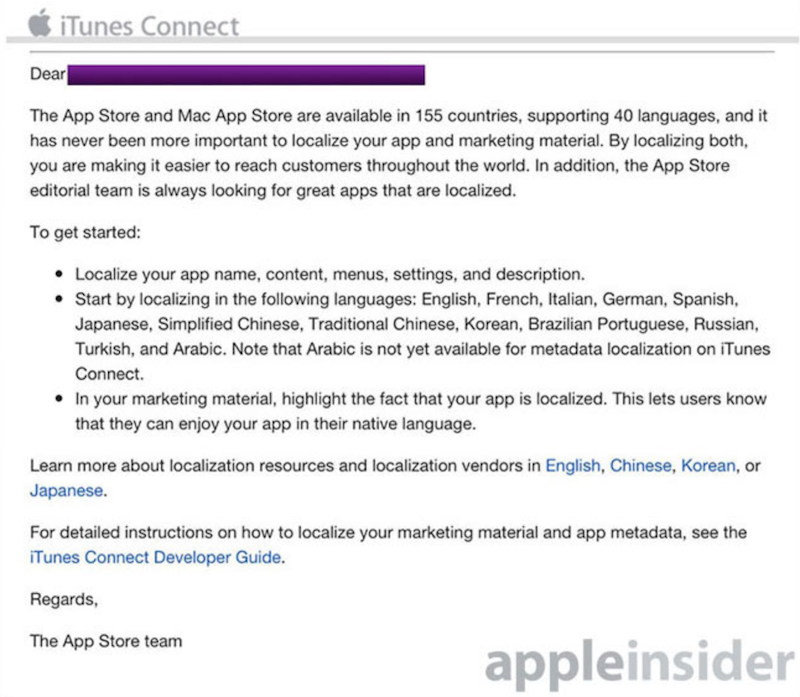
 Brian White, Topeka Capital's Apple analyst that previously
Brian White, Topeka Capital's Apple analyst that previously 

